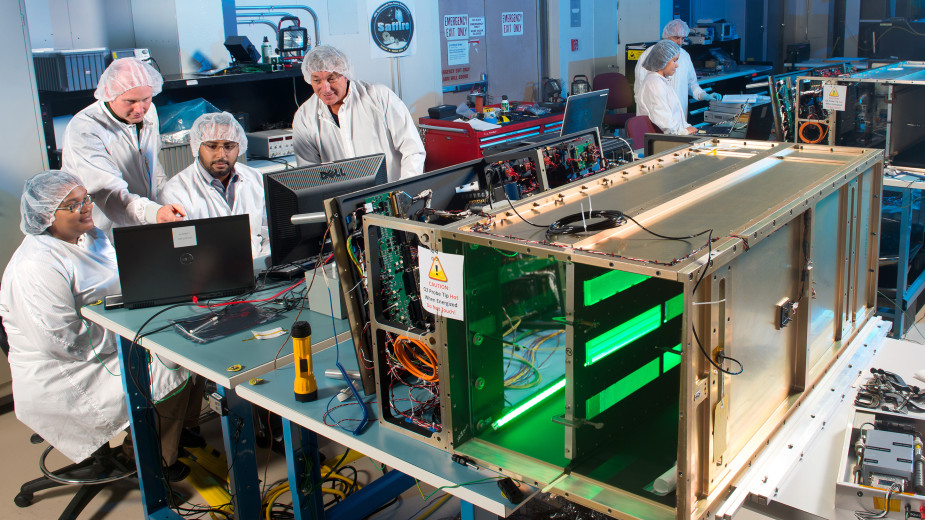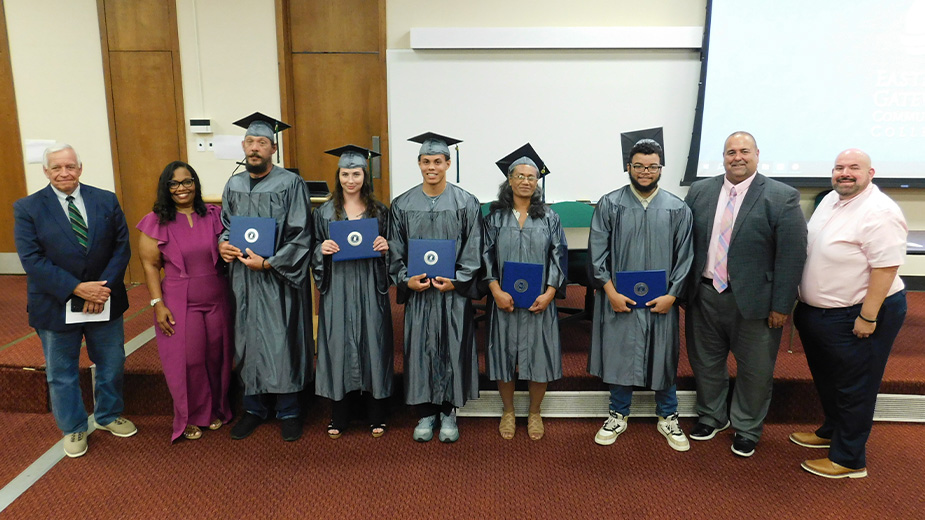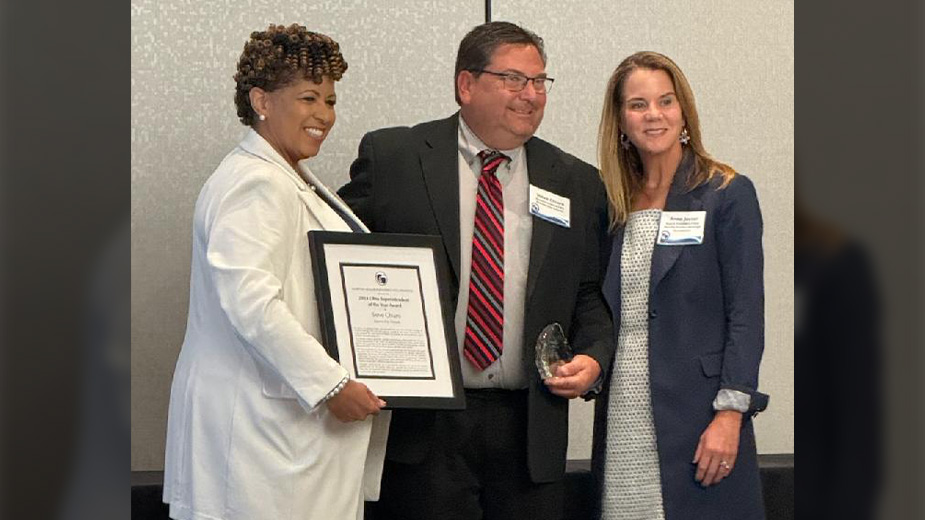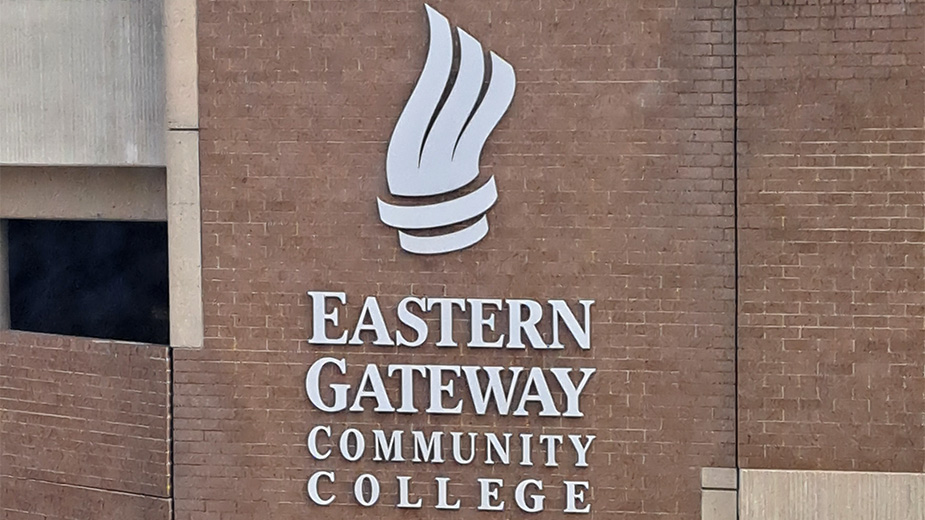Module Developed at NASA Glenn Launches Next Week
CLEVELAND – In less than a week, an experiment developed by researchers at NASA’s Glenn Research Center will take flight to better understand how fire behaves after it exits Earth’s atmosphere.
The Spacecraft Fire Project, dubbed “Saffire” by the space agency, will launch March 22 at the Kennedy Space Center in Florida. Two other Saffire experiments are also planned for later this year.
“NASA’s objective is to reduce the risk of long-duration exploration missions,” explained Jason Crusan, advanced exploration system director for NASA,” and a spacecraft fire is one of the biggest concerns for NASA and the international space exploration community.”
A three-by-three-by-five-foot module will be aboard NASA’s Cygnus spacecraft, an automated cargo delivery ship, as it takes supplies to the International Space Station. The Saffire module will remain on board Cygnus as the experiment is conducted on the return trip to Earth.
The modules are equipped to simulate materials and environments found in on the International Space Station and the Orion spacecraft, which is being developed to take astronauts to Mars. Images and data of fire in the experiment module will be collected and relayed to the Orbital ATK Control Center in Dulles, Va., before Cygnus’ destructive re-entry to Earth.
“Saffire will be the biggest man-made fire ever in space. Currently, we can only conduct small combustion experiments in the microgravity environment of the space station. Saffire will allow us to safely burn larger samples of material without added risk to the station or its crew.” said Gary Ruff, project manager of NASA’s spacecraft fire safety demonstration.
Each of the three modules will serve a different purpose. The Saffire II module will test oxygen flammability limits, while Saffire III will test another large-scale fire in microgravity, similar to the experiment launching next week.
Concepts for more Saffire experiments – focusing on flame spread, flame spread, smoke propagation, and detection and suppression of fire – are also being developed
Copyright 2024 The Business Journal, Youngstown, Ohio.



